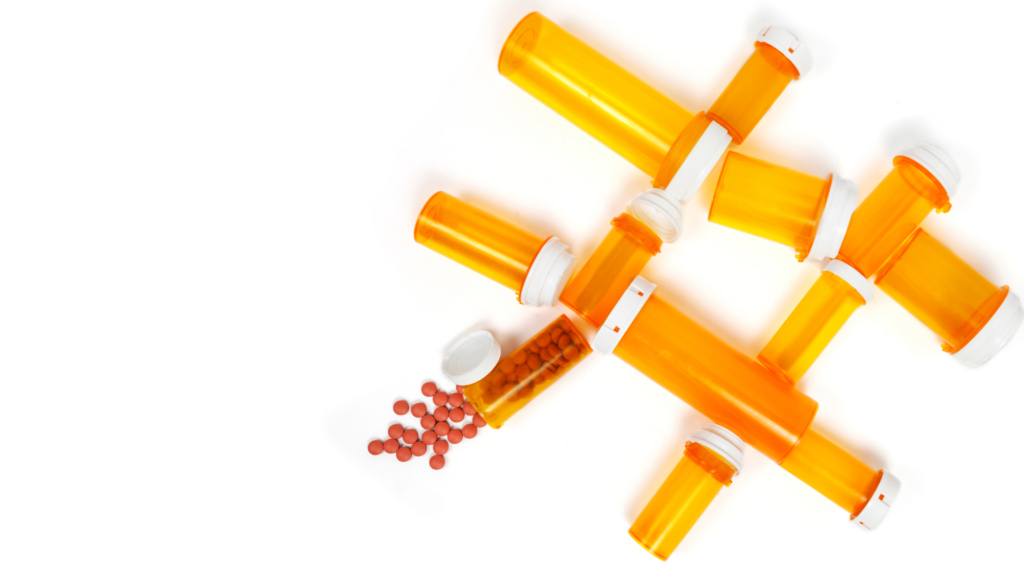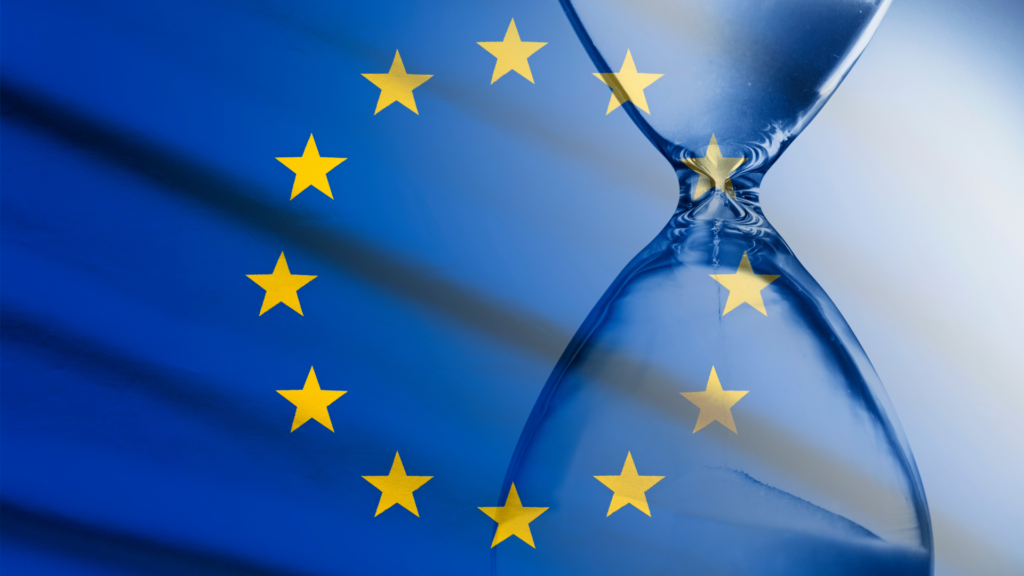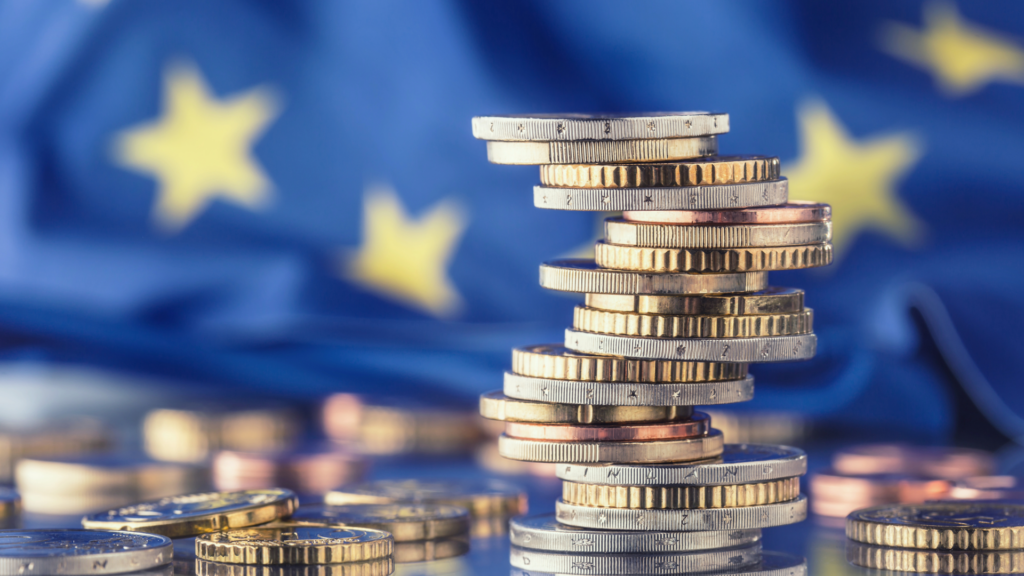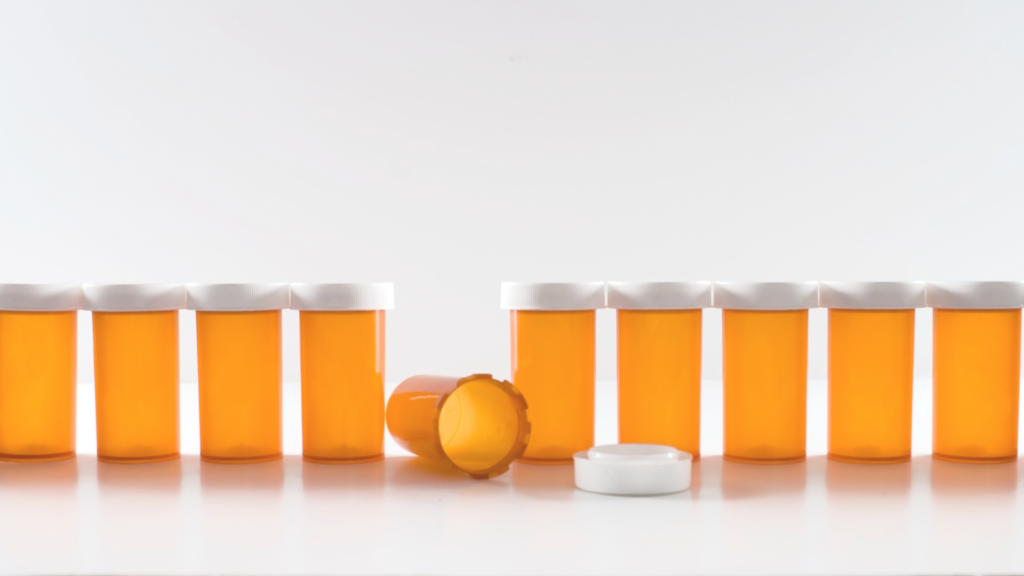Economics of Innovation
Optimal innovation balances willingness and ability to pay with the benefits of future R&D. Our wide-ranging programme aims to promote innovation in health care, increase our understanding of its value, and encourage R&D. New models of innovation should streamline development, reduce costs, and speed patient benefit.

Drug Shortages: What are the causes, consequences and pathways to a solution?
5 September 2024
Across the globe, drug shortages are becoming increasingly common across a range of therapeutic areas. Earlier this year, OHE published a report looking at the Dynamics…

R&D for new drugs to tackle AMR is a high-return investment for all EU member states
19 July 2024
Two recently-published papers predict high returns from a policy which incentivises the development of new antibiotics.

Using Target Product Profiles (TPPs) to improve diagnostic testing for cancer
10 June 2024
Tackling cancer is a major global priority. Early detection and diagnosis can help patients get timely access to treatment and dramatically improve cancer outcomes. This relies, in part, on the effective diagnostic tests.

Plan For A New EU Pharmaceutical Legislation: What Will It Mean For Pharmaceutical Innovation?
12 April 2024
The European Commission and European Parliament have set out their proposals for a reformed EU pharmaceutical legislation which could substantially change the incentive ecosystem for the first time in 20 years.

Rare Disease Day 2024: Why Do We Care About Rare?
29 February 2024
Rare Disease Day is observed on the last day of February every year, and today – February 29th – is truly the rarest day.

Navigating the Intersection of Healthcare and Environmental Sustainability: ISPOR Europe round-up on the inclusion of environmental impact in HTA
17 January 2024
In this insight, commissioned and funded by Chiesi S.p.A, we reflect on the discussions that took place at ISPOR Europe 2023 and how environmental impact is factored into HTA.

Breaking the European Deadlock: Part 3 – Revenue Guarantee and Subscription Models for New Antibiotics
16 January 2024
Insight 3 of this series provides an exploration of revenue guarantee/subscription models and how they could be implemented in the EU.

The Dynamics of Drug Shortages
9 January 2024
Drug shortages are an industry-wide problem. Numerous factors may be considered as contributing to drug shortages across the globe. In this report, we discuss the global issue of drug shortages, summarise the main reasons for shortages as presented in the literature and our quantitative analysis. Finally, we provide recommendations for policy makers.

Innovation for Health System Efficiency and Improvement
20 November 2023
In this report, commissioned and funded by Gilead, we explore the role of innovation in developing healthcare system efficiency amid post-pandemic challenges.